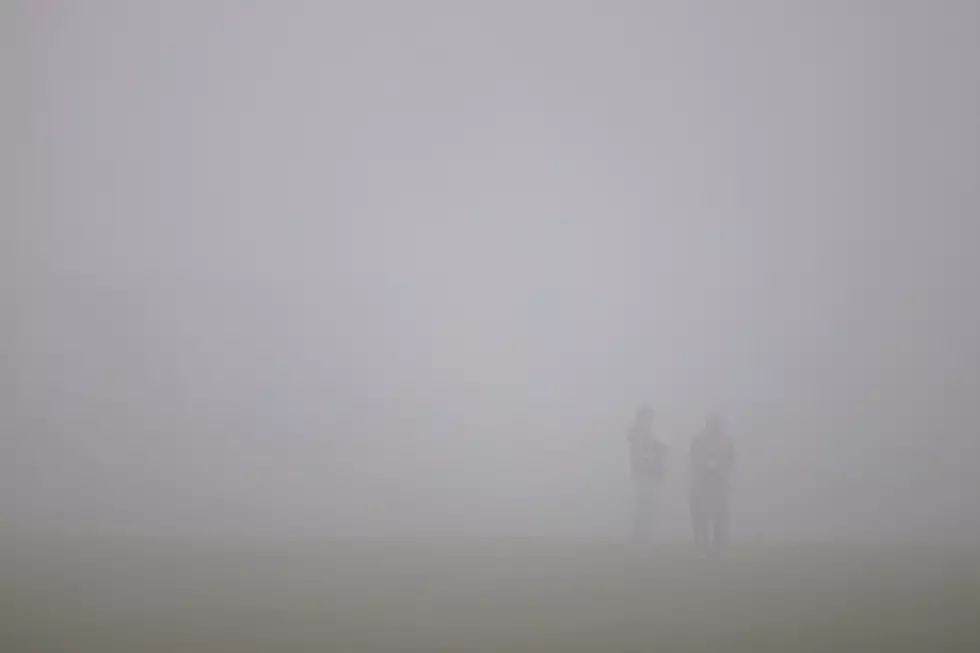
You May Hear Today Referred To As ‘Blue Monday,’ Here’s Why…
If you're waking up feeling a little blue today, you're not the only one. The third Monday of January is known as "Blue Monday," or the saddest day of the year. While you may believe there's some science behind Blue Monday, there really isn't. Blue Monday was the brainchild of U.K. psychologist Dr. Cliff Arnall, according to NBC News. Dr. Arnall said he came up with the date by using a formula that looked at seven different variables:
- weather
- debt
- monthly salary
- time since Christmas
- time since failed quit attempt
- low motivational levels
- need to take action
The weather in January is usually colder, with plenty of snow and rain in many areas of the Northern Hemisphere. By this time in the new year, many people have already given up on their New Year's Resolutions, the glow from the December holidays has now faded, and the bills from all those presents have finally come in.
There aren't any serious, scientific studies that say Blue Monday is a real thing, but it's widely accepted in pop culture. Mostly because many people really do feel extra blue after the Christmas cheer is gone. Even the man who came up with the idea says he's shocked at how popular the idea has become. Dr. Arnall told CNN:
"I had no idea it would gain the popularity that it has. I guess a lot of people recognize it in themselves."
While scientists may disagree with the idea of Blue Monday if it helps people start working on their mental health to kick that Blue Monday sadness, I'm ok with it. Read more about Blue Monday on the CNN website.

READ MORE: 10 free apps to help you get fit in our new normal
More From 600 ESPN El Paso









